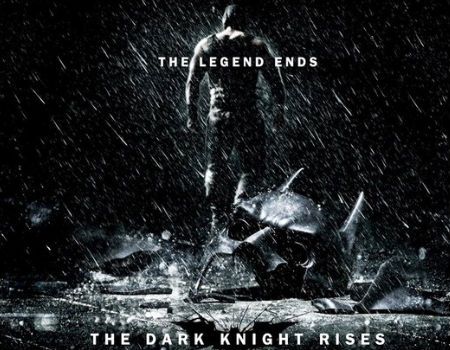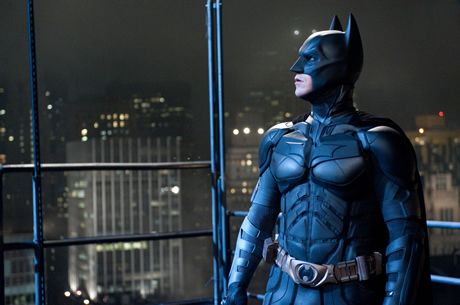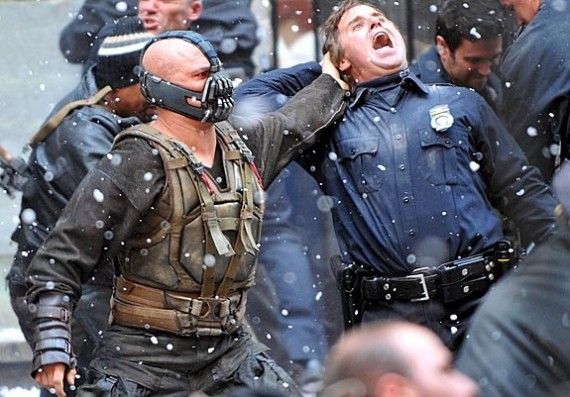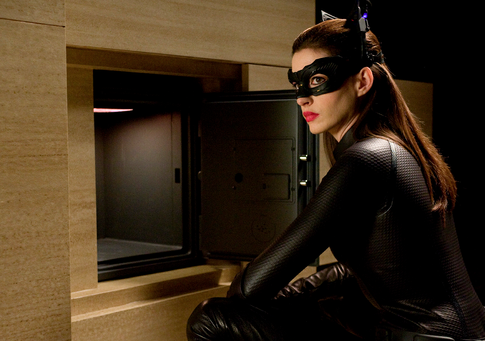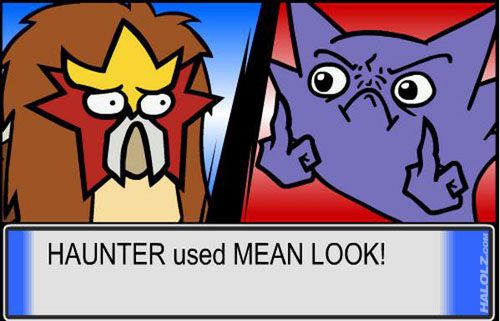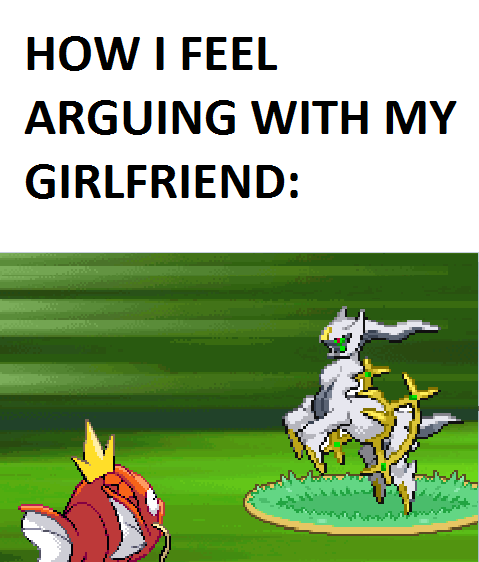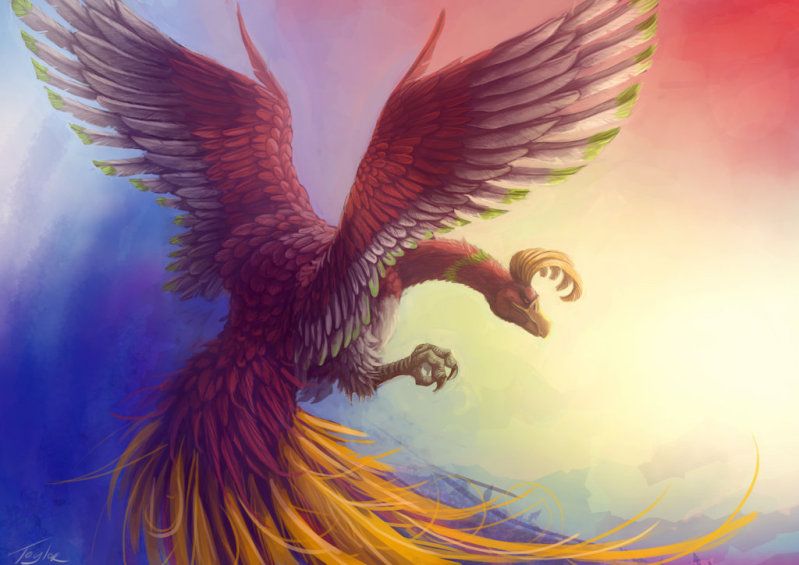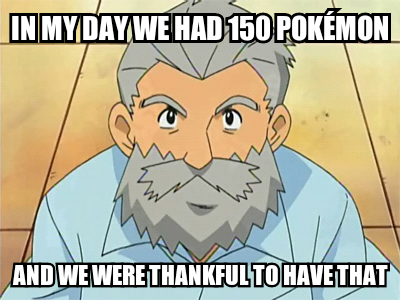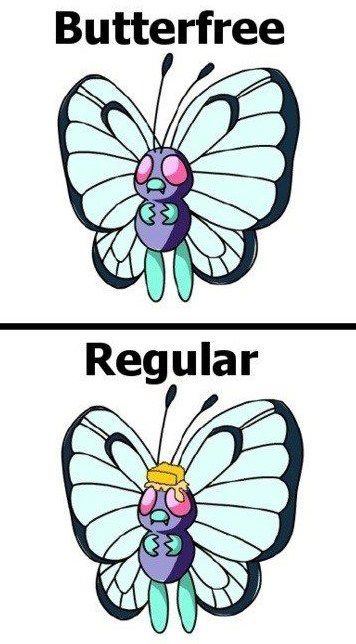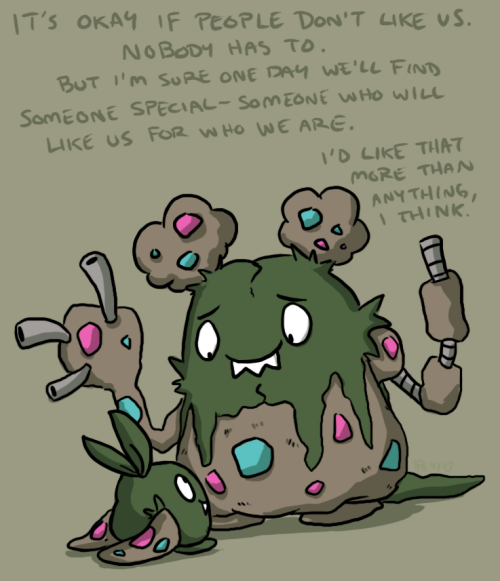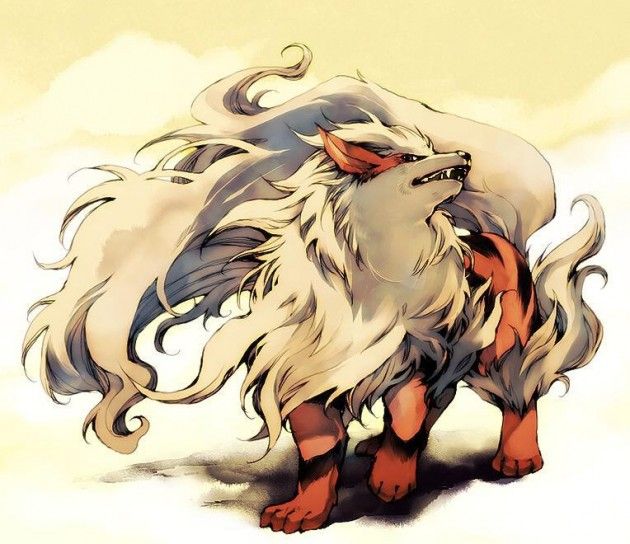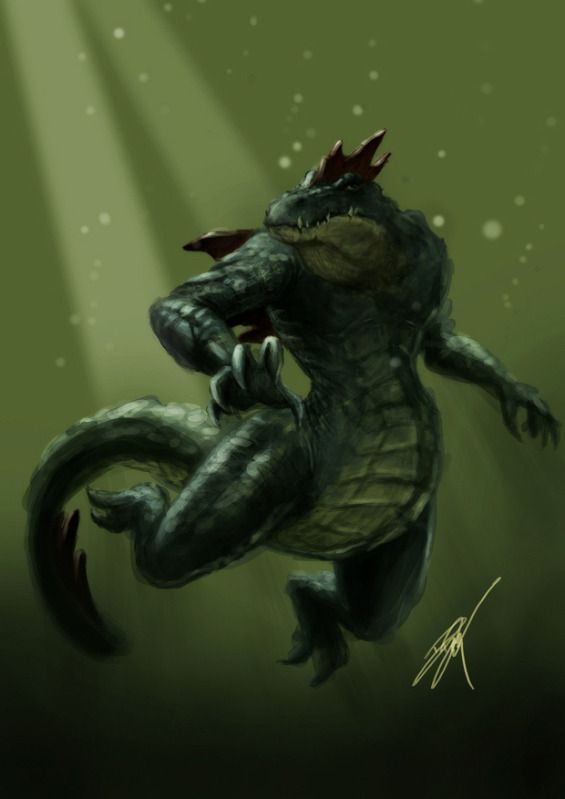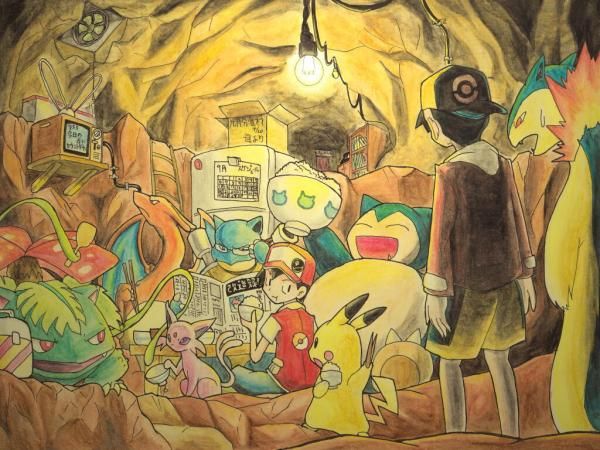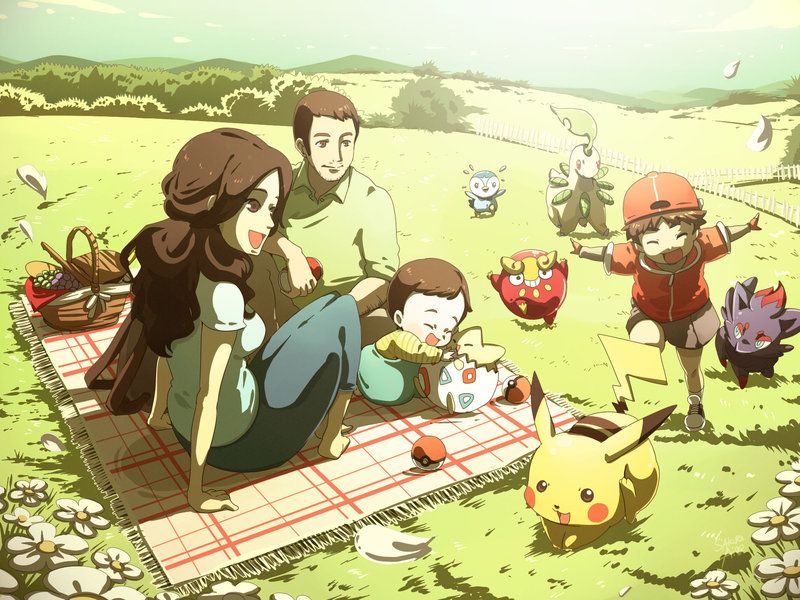Things were getting
weirder.
So weird, in fact,
I put my foot on the break and pulled off to the side of the road. I
took a deep breath. My vehicle made those sounds cars make when they
are first turned off, similar to the noises of a settling house. “I
don't think we were supposed to see that,” I said. “I really
don't think we were supposed to see that.”
She didn't reply.
The road sliced
through the forest, making it look like a canyon of trees. Before the
incident that had caused me to pull over, we had listened to classic
rock. Rolling Stones. Fleetwood Mac. Emily put her hand out the
passenger side window, letting it ride the air waves in their crests
and lulls. The air was cooler at this elevation, and smelled of
vegetation and moving water. It was also eerily quiet. In the city,
you hear things constantly, whether you realize it or not. The sirens
in the distance. The sound of people talking as they pass your home.
Dogs barking. Planes flying overhead. Amongst the thick Northwest
forest, I felt the absence of noise almost like a tangible thing. It
was like someone put plugs in my ears during a loud concert, it was a
relief, but it was also disorientating. Like a warm wet blanket being
thrown over my head.
Thoughts bubbled up
in my mind, burst, and disappeared in an effervescence, a lazy mess
of daydreams and tangents.
There were few
people on this section of road. We would go 20 minutes without seeing
a car in either direction. We were, in our minds at least, alone. I
wish, thinking about it now, we would have stopped more to appreciate
how alone we were. The Douglas fir were thickly packed, verdant with
undergrowth and overgrowth. I couldn't imagine walking very far into
them. It was, I imagine, perfect sasquatch habitat.
Past Brietenbush
and almost into Detroit we stopped on the side of the road. I had
glimpsed a waterfall below and we scuttled down the embankment. It
was steep and we had to jump over a fallen tree to make our way down,
but once we reached the bottom, we were speechless. It was beautiful.
The water cascaded down into a dazzling blue broth. It was the color
of ice. Emily smiled. Though it was so close to the road, it felt
like we had discovered it. But that's what you get on the Oregon
bigfoot highway: solitude. Emily walked along the edge of the frigid
water and I found a nice place to rest my ass. Water scares me. You
often can't see the bottom, and I like to avoid the possibility of
falling in. The thought of drowning, of gulping as your lungs fill up
with water.
I leaned back and
watched her. I was also worried she was going to fall in. I am not a
good swimmer, and there would be nothing I could do but get my own
self killed if an invisible current got a hold of her. She was
beautiful as she leaned down to take pictures, going on her knees as
she brought the phone forward. The air smelled of moving water. As I
sat there, looking at the trees hugging the steep embankment on the
other side of the river over Emily's shoulder, I thought.
There is something
to the idea that the outer world reflects the interior world. This
also extends to our thought processes. When we are in the wood, we
think a different way than we are out of it. Mark Booth, in his book
The Secret History of the World, writes: “the deepest springs of
our mental life are also the deepest springs of the physical world,
because in the universe of the secret societies all chemistry is
physco-chemistry, and the ways in which the physical content of
the universe responds to the human psyche are described by deeper and
more powerful laws than the laws of material science” (36). The
reason I relate that to you is this: Bigfoot is real, and I can prove
it.
He is us. He is not
us. He existed before us and he didn't too.
How can this be?
***
Booth continues on
page 53: “...Let us try to imagine ourselves into the mind of
someone about two and half thousand years ago, walking through
woodland to a sacred grove or a temple such as Newgrange in Ireland,
or Elusis in Greece…”
“To such a person
the wood and everything in it was alive. Everything was watching him.
Unseen spirits whispers in the movements of the trees. A breeze
brushing against his cheek was the gesture of a god. If the buffeting
of blocks of air in the sky created lightning, this was an outbreak
of cosmic will – and maybe he walked a little faster. Perhaps he
sheltered in a cave?”
“When ancient man
ventured into a cave he had a strange sense of being inside his own
skull, cut off in his own private mental space. If he climbed to the
top of a hill, he felt his consciousness race to the horizon in every
direction, out towards the edges of the cosmos – and he felt at one
with it. At night he experienced the sky as the mind of the cosmos.”
Booth is relaying,
quite more eloquently than I can, that in a “mind before matter”
universe, the exterior world is literally like wandering through the
mind of gods, and depending on where you are (be it a forest, a
plain, or a cave), it affects that which possesses your
consciousness. Your mind expands when on a hilltop. It shrinks down
when you are indoors. What is a person's room but a reflection of
their interior world? Cluttered with mystic books? Orderly with
mathematical texts? A picture of a nuclear bomb going off? A drawing
of a fox or wolf or dragon?
Booth continues:
“When [the ancient man] walked along a woodland pathway he would
have had a strong sense of following his destiny. Today many of us
may wonder, How did I end up this life that seems to have little or
nothing to do with me? Such a thought would have been inconceivable
to someone in the ancient world, where everyone was conscious of his
or her place in the cosmos.
“Everything that
happened to him – even the sight of a mote in a sunbeam, the sound
of the flight of a bee or the sight of a falling sparrow – was
meant to happen. Everything spoke to him. Everything was a
punishment, a reward, a warning or a premonition. If he saw an owl,
for example, this wasn't just a symbol of the goddess, this was
Athena. Part of her, a warning finger perhaps, was protruding into
the physical world and into his own consciousness.”
What Mark Booth is
describing is animism. <a
href=”https://en.wikipedia.org/wiki/Animism”>Wikipedia</a>
illustrates it as such, “Animism perceives all things—animals,
plants, rocks, rivers, weather systems, human handiwork and perhaps
even words—as animated and alive.” How does this relate to
bigfoot?
To the ancients,
collective visions (ie Bigfoot, Point Pleasant's Mothman, BEK) were
possible because ideas were more real than objects. “In this
history,” he writes, “gods and spirits control the material world
and exercise power over it” (59). Gods weren't just myths. They
were ideas, ideas that existed not just outside us but inside us too.
Consciousness was not the realm of the “I”, it had power centers
represented by the different gods. Gods that could speak to multiple
individuals at once, through multiple people at once, over years and
even generations. “We will see, too, how sometimes disembodies
beings break through, unbidden. Sometimes whole communities are
possessed” (59). I like to think that this idea of collective
vision continues to this day without most of us realizing it. Not
only its chance to enrich our lives, but also its terrible danger.
Patrick Harpur
calls these disembodied spirits 'daimons'. Daimons are spirits,
angels, ufos, monsters, ghosts, dogmen, Black Eyed Kids, fairies, and
they are, perhaps especially, gods. They represent images, ideas,
archetypes, and they exist in the collective unconscious, both in the
realm of Morpheus's dreams, but also outside of them, in the physical
world, in Plato's Anima Mundi, “the soul of world”. They provide
the “connection between gods and men” (Harpur 35) and if we
ignore them, according to Plutarch, we “[break] the chain that
unites the world to God” (Harpur 36).
One of these many
'spirits', these 'daimons', are the apemen that exist across the
globe.
***
Bigfoot is the
archetype of the wildman, in other words, he is an idea, an image of
an ancient caveman-- he is hairy, lives in the forest, one with
nature, a beast. He is a reflection of ourselves, or the way we
perceive a more primitive human to look like.
Patrick Harpur has
a salient idea in his book “Daimonic Reality.” He writes “…
like almost no other natural feature, a lake provides a ready-made
metaphor, […] a symbol of the collective unconscious, and
imaginative nexus where individual perception (or 'misperception')
and collective myth meet. Regardless of the actual characteristics of
the lake, it is transformed by the Imagination into a reflection of
the unconscious itself, becoming a dark, impenetrable, bottomless
kingdom that does not yield up its dead” (129). Again, our
consciousness not only reflects the outside world, it literally
becomes 'one' with it. As Harpur states earlier in the book, Carl
Jung often compared the collective unconscious to an ocean,
constantly in flux, a sea of images and archetypes rising and
falling, moving forward and receding-- and consciousness “only a
small island rising out of, and surrounded by, the vast unconscious
fluidity” (14).
Harpur continues on
about enclosed bodies of water: “[lake monsters] are seen now as
contained in the lake, now as another manifestation of it. Rising
like archetypal images toward the light of consciousness, they are
glimpsed in an instant of amazement before sinking back in the
depths, their wake sending ripples into the far reaches of our minds”
(129). As Harpur writes, the perceived monsters we sometimes see
lurking in lakes, at least as I choose to understand it, are actually
analogous to our own hidden-away monsters—our ids, our cruxes, our
habits we would not like to admit to ourselves, our violent
tendencies, our reptilian brain.
As discussed
earlier, forests are another imaginal mirror to our minds. Forests
are inherently mysterious. They have no order as man would create.
Vegetation – leaves, vines, wood – blocks the viewer's eyeline.
It is, in literary tradition, the place where order, and man's laws,
break down. It is the realm of the feminine, untamed, nourishing,
dangerous. It is a representation of 'wholeness', where everything is
clearly connected to everything else, where both dark and light are
equally represented within its depths. It reminds one, at least on a
spiritual level, that one is included in this web, that some day one
will return to it and be reborn as something as else.
It is also a
mystery, a puzzle, a maze-- a neglected part of ourselves in a world
ruled by Saturn, by the left brain, by man, by rules, by laws and
boxes, by endless categories and hierarchies, as Harpur puts it, the
temenos. The wood is where many fairy tales are set and many an
adventurer has a sojourn through a dark, dangerous forest, perhaps
because that inside this maze is a collective unconscious reflection,
much like the lake monsters that Harpur described above. A bigfoot,
half-man, half-beast, given birth by us as a tulpa, disappearing as
quickly as breath on a mirror when he does show up.




